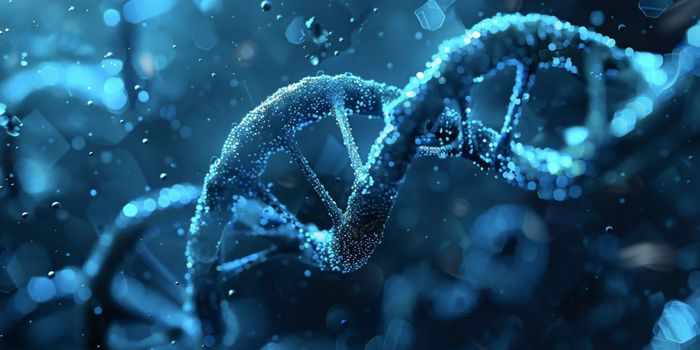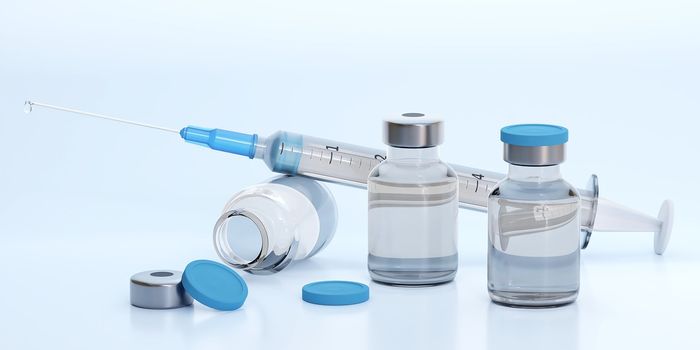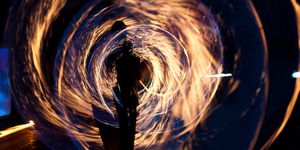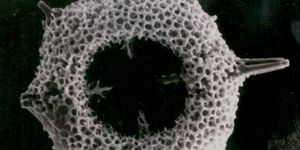Examining the Bioactive Components of an Alga Against Cancer
Many of today’s drugs come from vast libraries of synthetic compounds built by chemists for big pharma. This drug development method is a far cry from the days of identifying drugs from nature, but not everyone has switched over just yet.
Modern compound synthesis has led to the creation of vast databases of possible compounds that big pharma screens for any anti-disease activity. Although this is the primary driver of many drug discovery workflows today, natural compounds still account for a portion of commercially available drugs.
One of the reasons that taking drugs from nature has been left behind is that it can be challenging. Identifying active compounds can take a long time, and you have to cross your fingers it is a novel compound rather than something already discovered. Even then, it still has to be proven, safe, and effective. Nevertheless, nature has had millions of years to develop compounds, so there is no reason to stop looking.
In a new study, a team from the University of Calcutta in India wanted to know if the algae Chaetomorpha brachygona had any novel anti-cancer compounds. Chaetomorpha brachygona is an alga from the Sundarbans Mangrove Ecosystem, a possible bioactive compounds and plants database. Previous studies had found that an extract from this algae could induce cell death in a cervical cancer cell line, yet none had fully looked into how it could do it.
They began by identifying various bioactive components located in the chloroform fraction (compounds retrieved by dissolving them in chloroform). The whole fraction itself could impair the growth of cervical cancer cells and induce cell death through autophagy. The team analyzed the chloroform fraction’s active compounds and found some of them could bind to Bcl-2, a protein that regulates cell death. None of the active compounds alone would induce the same anti-cancer abilities of the extract, however. The whole extract seemed to be required to get the full anti-cancer benefit.
This study examined the bioactive components of the chloroform fraction of Chaetomorpha brachygona. The extract could induce autophagic cell death in cervical cancer cells. However, none of the active components alone managed to reach the same efficacy. This is relatively common in many extracts as the whole set of compounds is often more effective than any of them alone. Further research would have to be done on more types of cancers and different sub-types of cervical cancer; however, these results are promising and could result in exciting results in the future.
The study concludes, “The green alga is rich in unsaturated fatty acids and novel phytochemicals, undoubtedly it can be utilized for its nutraceutical values. Compounds with high binding affinity to Bcl-2, detected/identified by molecular docking analysis are of main interest, future research can utilize these molecules for therapeutic purposes.”
Sources: Nature Scientific Reports, Novartis









